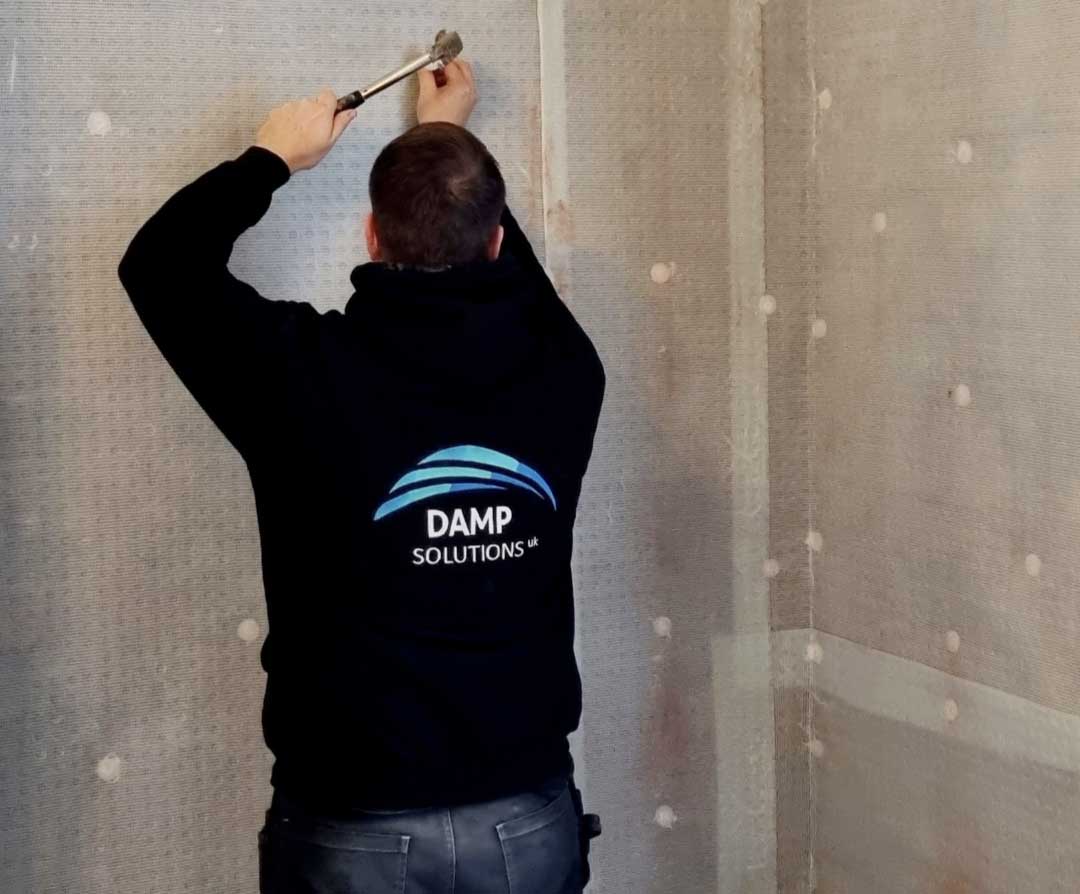Trusted Members
This video explains the benefits of using a Property Care Association (PCA) member for damp control, timber infestation, basement waterproofing, structural repair and condensation.

Dampness is a common problem that many homeowners face. It not only makes your home look unsightly but can also be detrimental to your health. Damp can lead to mould growth, which can cause respiratory problems and other health issues. Therefore, it is essential to keep your home dry and damp-proof. While many homeowners rely on professional damp proofing services, it is possible to carry out DIY damp proofing with the right tools and knowledge. In this article, we will discuss some tips and tricks for DIY damp proofing to help you keep your home dry and healthy.
Before we dive into the tips and tricks, it is essential to understand what dampness is and how it occurs. Dampness is caused by excess moisture in the air or water penetration from the ground or rain. The moisture then gets trapped in the walls, floors, or ceilings, leading to dampness. To prevent dampness, you need to control the moisture levels in your home and seal off any entry points where water can penetrate.
The first step in damp proofing your home is to identify the source of dampness. It could be a leaky pipe, a cracked wall, or poor ventilation. Once you identify the source of dampness, you can take the necessary steps to fix it.
A damp proof membrane is a layer of material that prevents moisture from penetrating the walls or floors. It is typically made of plastic or bitumen and is installed during construction.
However, if you have an existing home, you can still install a damp proof membrane. You can use a liquid membrane that can be applied to the walls or floors, or you can use a sheet membrane that is laid over the surface.
Poor ventilation can lead to condensation, which can cause dampness. Therefore, it is essential to improve ventilation in your home. You can install extractor fans in your kitchen and bathroom to remove excess moisture. You can also open windows and doors to allow fresh air to circulate in your home.
Water can penetrate your home through cracks in the walls, floors, or ceilings. Therefore, it is essential to seal off any entry points. You can use sealant to fill in any cracks or gaps in your walls, floors, or ceilings. You can also use weather stripping to seal off doors and windows.
Leaky pipes or roofs can cause dampness in your home. Therefore, it is essential to fix any leaks as soon as possible. You can hire a professional to fix the leak or fix it yourself if you have the necessary skills.
Insulating your home can help prevent dampness by reducing condensation. Insulation helps keep your home warm, which reduces the chances of moisture condensing on cold surfaces. You can insulate your walls, floors, and ceilings to keep your home dry.
In conclusion, dampness can be a significant problem for homeowners, but it can be prevented with the right tools and knowledge. DIY damp proofing can be an effective solution for keeping your home dry and healthy. By identifying the source of dampness, using damp proofing paint, installing a damp proof membrane, improving ventilation, sealing off entry points, fixing any leaks and ensuring your home is properly insulated.
For more specialist advice on Damp Solutions for your home, do not hesitate to contact us direct.
Get Expert Support.
Damp and Timber Survey was conducted on a Victorian mid-terrace property by our Property Care Association Approved surveyor.
The Benefits of Using a Trusted Property Care Association (PCA) Member for Your Damp and Timber Report When purchasing a new home, one of the most crucial steps in the process is ensuring the property is free from hidden issues that could lead to costly repairs down...
A PIV Unit offers multiple benefits that improve comfort, health, and even property value.
Words that matter to us
If your property is suffering from mould or condensation, contact Damp Solutions UK today for a free property survey and get the expert advice you can depend upon.